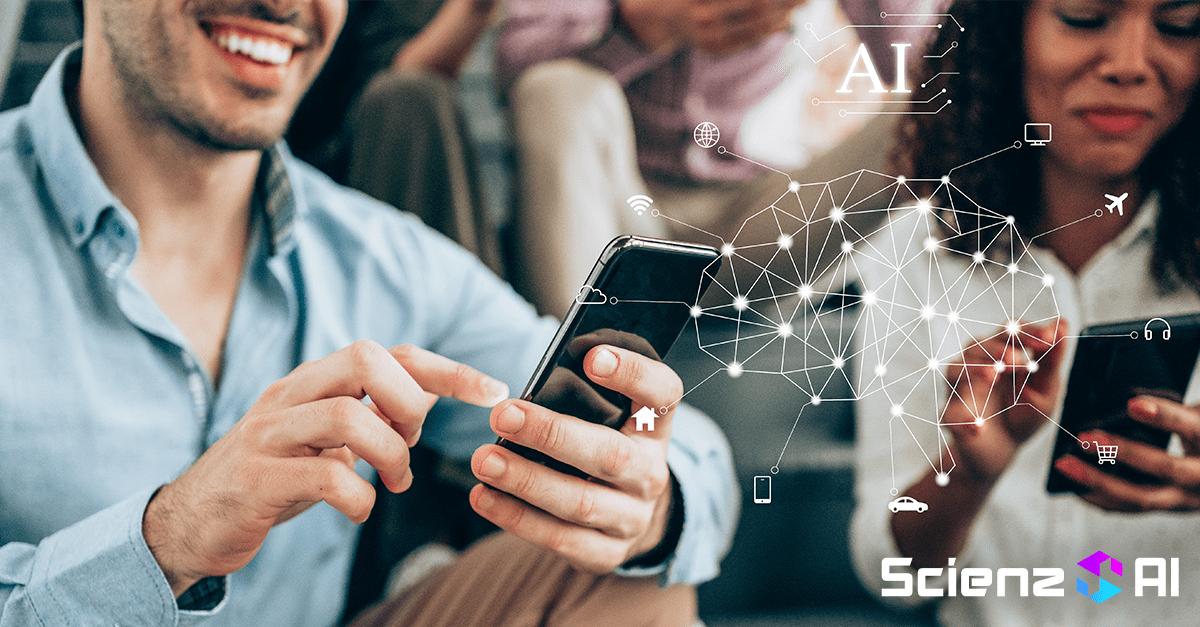The advertising landscape has transformed radically over the past few decades as advances in technology have brought new media and platforms. Most recently, with the explosion of artificial intelligence, specifically generative AI, the focus has shifted to how various tools can address ad effectiveness, optimization, and delivery, among other things.
While tinkering with new technology may not be that appealing for marketing executives, especially to those who are used to the tried-and-tested ways of doing things, the reality is AI has been quietly (and efficiently) working behind the scenes – from personalized recommendations on online shopping sites to social media content highlights to the next TV series suggestion on streaming platforms.
Today’s biggest ad platforms – Google, Meta, Amazon – are leveraging AI at every stage of campaigns, from identifying the target audience to the final purchase. Google, in fact, recently announced how it is bringing ads to its AI-powered search summaries. Advertising agencies are embracing AI, too, with the biggest names leading its utilization. For example, WPP, whose client roster includes Coca-Cola, L’Oréal, and Nestlé, is integrating Claude, Anthropic’s family of large language models, into its AI platform. Then, there are brands employing virtual influencers to star in their campaigns and are seeing promising results. Clothing retailer H&M noted an 11x increase in ad recall in Instagram video ads featuring AI-generated content creators.
An Enticing Scenario
The global revenue forecast for AI in marketing is $108 billion by 2028. Using AI today is more crucial than ever for organizations that want to thrive in a hypercompetitive market and reap bountiful returns. And with the right tools, they can enjoy AI’s many benefits, such as:
- Real-time analytics on campaign performance, allowing for adjustments to improve ad effectiveness.
- Streamlining tasks associated with campaign management, ad design and deployment, and reporting.
- Tailoring ads to ensure the intended audience is reached across various platforms and resonates on a personal level.
- Advanced analysis of massive amounts of consumer data to deliver invaluable insights for more precise ad creation.
- Forecasting of market trends and consumer behaviors to plan strategies accordingly. One brand that successfully used AI-powered predictive analytics for its campaign is Harley-Davidson, which saw its sales leads soared by 2390 percent.
Other big-name brands were also successful in turning AI data into gold, including Heinz, the Calm app, and Volkswagen. Below are two more examples of brands that deployed AI-powered tools in their campaigns:
- Fast food chain Burger King unwrapped the GenAI-powered campaign Million Dollar Whopper, which lets consumers generate their version of the famed flamed-grilled sandwich and share their creations across social media platforms. The recently launched campaign is a modern spin on the brand’s iconic “Have It Your Way” tagline, marrying nostalgia and technology to boost customer reach and engagement.
- The publication The Economist leveraged AI-driven programmatic advertising to zero in on a segment of its audience it identified as reluctant readers or those who have a misconstrued perception of the brand. AI tools analyzed web and app usage and cookies, subscribers, and additional datasets to generate creative headlines for stories linked to The Economist content. The campaign resulted in 3.6 million new readers who engaged with the publication and a return on investment of 10:1 from the initial wave of revenue generated from these prospects.
Striking The Right Balance
With the many possibilities that AI in advertising brings, marketing leaders need to navigate challenges as they integrate the technology into their campaigns. These include issues such as the trustworthiness and integrity of AI-generated outputs, privacy concerns regarding the use of sensitive data such as consumer demographics and behaviors, biases built into AI systems, and brands losing their voice as they ramp up AI deployment. The key is finding the perfect balance between campaigns that are innovative and ingenious without being intrusive and devoid of the human touch.
At the end of the day, marketers are either stepping up their AI game or playing catch-up.




